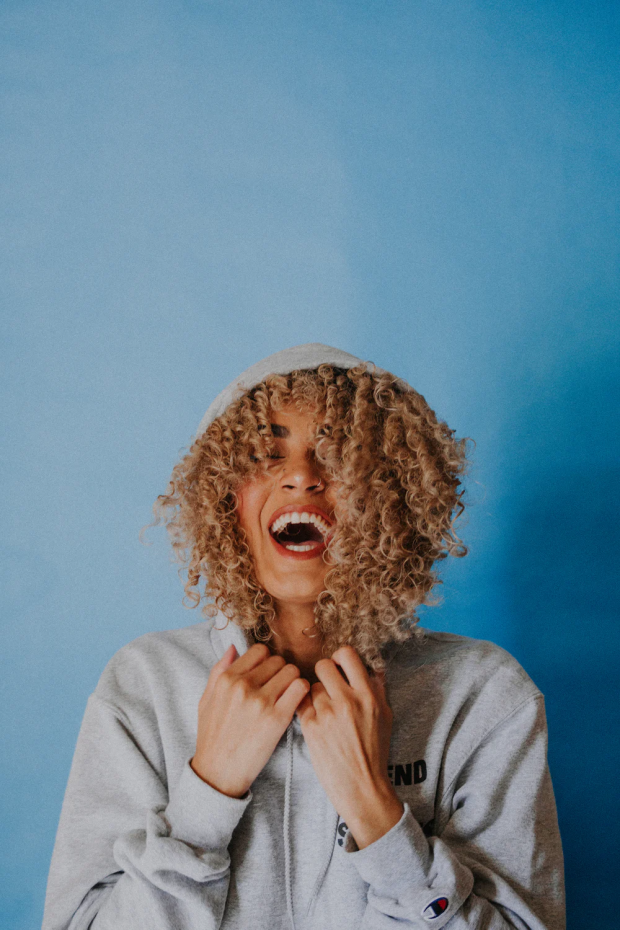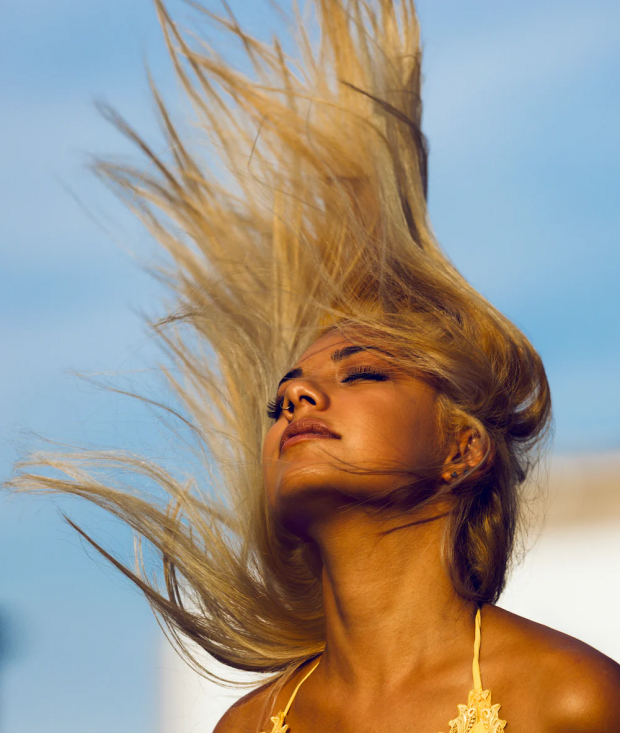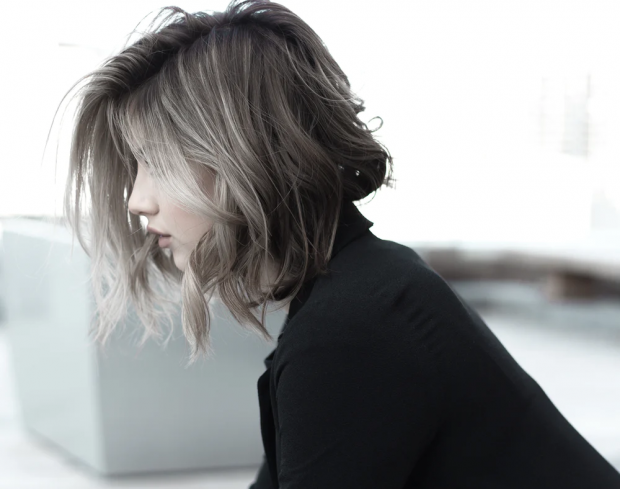Although often neglected, having a solid hair routine is arguably just as important as your 7-step Korean skincare nighttime routine. Once you find the suitable hair products that work for you, your hair routine standard will be elevated like no other. If you’re unsure about where to start, take your online hair quiz to get a custom routine tailored just for you. Although curating the routine might seem intimidating initially, remember, there are tons of other people with the same hair type as you. Chances are, you’ll be able to find the appropriate products and procedures applicable to you if you’re willing to conduct a little bit of personal research. It will be extra helpful to go for regular hair treatments at salons as well; using the right appointment software no less.

To get you started on creating the best hair routine, here are some simple fundamental factors to note when developing your routine:
1. Your Hair Texture or Type
Essentially, hair types fall under four categories: straight, wavy, curly, and kinky. Each type is unique, presenting its own set of benefits and challenges. For instance, curly hair is less prone to greasiness as opposed to straight hair, simply because oil travels slower down the hair shaft due to the hair loops.
2. Virgin Hair or Not
Depending on whether you’ve subjected your hair to any chemical processes, it can greatly affect the healthiness of your hair. Needless to say, those who’ve dyed or bleached their hair have definitely damaged their hair. As a result, those with dyed hair are advised against washing it every day in order to prevent premature color deterioration and drying out your hair ends. Additionally, those who’ve bleached their hair should go the extra mile and nourish their hair with more conditioner or hair masks in order to re-supplement nutrients back into their damaged hairs.
3. Daily Hairstyles
When it comes to your go-to hairstyle, do note what your style preference is. Depending on whether you prefer the natural look or you employ the use of straighteners and curlers, these tools or lack thereof will significantly affect your hair quality. Be aware of the amount of heat you’re subjecting your hair to when using such tools.
4. Pay Attention
You know your hair best. Your hairdresser can only advise you so much but you’re the one who’s living with the hair. Thus, you should do your due diligence to take good care of it and track the state of your hair — whether your hair is doing fine or encountering problems like flaky scalp or frizz. By being attentive to your hair condition, you’ll be better able to address the hair problems when they arise.
Fundamentals to a Hair Routine
Now that we’ve addressed several factors affecting overall hair health, here are a few basic products and steps essential to a hair routine.

(a) Cleanse and Condition
These two actions might seem rather obvious but you’d be surprised by how many people neglect the importance of them.
First off, cleansing isn’t simply brushing your hair a few times with shampoo that prevents hair thinning. No, in fact, cleansing here is pretty similar to cleansing in a skincare routine. It involves removing dead skin and product residue while ensuring that your hair retains its natural oils. Swimmers are particularly prone to their hair drying out due to chlorine in pools. For more regular washes, opt for “daily” shampoos that are more friendly for frequent hair washes.
You’ll have to give your scalp a good scrub to remove sebum accumulation that causes unwelcomed oiliness. Thus, this gets rid of excessive oiliness at your scalp. If the dead skin isn’t sufficiently removed, you’ll begin noticing skin buildup as flakes on your scalp within three weeks or so due to skin regeneration. Clarifying shampoos would be more effective in removing sebum buildup in the hair. However, these are advised to be applied monthly since it’s primarily for a deep cleanse.
The next step in this process is conditioners. The main, common ingredient found in conditioners is a cationic surfactant which helps in moisturizing dried ends. By adding conditioner onto shampooed wet hair, it replenishes the lost moisture previously stripped by the shampoo. Moreover, it helps with tangles, dullness, and frizziness too. For this, you can either use a leave-in conditioner or a deep conditioner. As their names suggest, leave-ins don’t require rinsing while deep refers to giving it boosted hydration.
(b) Seal in the Moisture
This step is particularly relevant to those with kinky or oily hair textures because they tend to be on the drier end. In such cases, use a hydrating product and sealing oil is useful in helping retain the moisture into your hair as it dries after your shower. Your hair will thank you for this extra layer of hydration.
Products for this step include hair lotions and oils depending on your preference. Hair lotions offer additional protection against breakages and dryness without being too heavy on the hair whereas oil is self-explanatory, enhancing your natural hair oils and strength at its epithelium.
(c) Detangling
Again, this is another often overlooked step by many. People might neglect this step because it seems unnecessary but that couldn’t be further from the truth. Detangling is actually important in preventing hair breakages.
However, there are others who may avoid combing because the curls or frizz in their hair make it a difficult and tedious process. Therefore, this introduces the importance of using the proper comb-type like a wide-tooth comb to prevent accidentally pulling out your hair. Depending on your hair type, you might need to detangle it only once or several times a day. Alternatively, brushes are more appropriate for thicker and ‘tougher’ hair to really smoothen out those hair kinks. However, their bristles might be a bit hard for some, thus be sure to prevent overbrushing.
After you’re done detangling, you can add in sprays and serums to further condition the hair and make it softer. This evidently makes future detangling using combs or brushes easier too.
(d) Styling and Protection
You can opt for either volumizers or gels to style your hair accordingly. If you enjoy using styling tools, always ensure that you protect your hair with a layer of heat protectant before straightening or curling them with the wands.
Alternatively, you can also use styling products such as mousse, wax, pomade, gel, dry shampoos, serums, texturizers, or volumizers. These are all great products in achieving various desired style effects.
(e) Spot-Treating
For those with particular problem areas in their hair, you can opt for specific remedies like a protein treatment for frizziness or hair masks and scalp treatments for extra nourishment on your scalp.

Conclusion
The treatments and products mentioned in this article are all suggestions and will not work for everyone. It is up to individual responsibility to test out these various products for yourselves to determine how applicable and beneficial it is for your hair type. Notwithstanding that, the steps mentioned, however, are more or less foundational steps present across all hair routines. Hence, it’s good to at least follow through the recommended steps while you experiment with the products and treatments.
Read More:
6 hair care tips that you didn’t know before
Top 4 tips that will make your hair dye last longer in the summer

